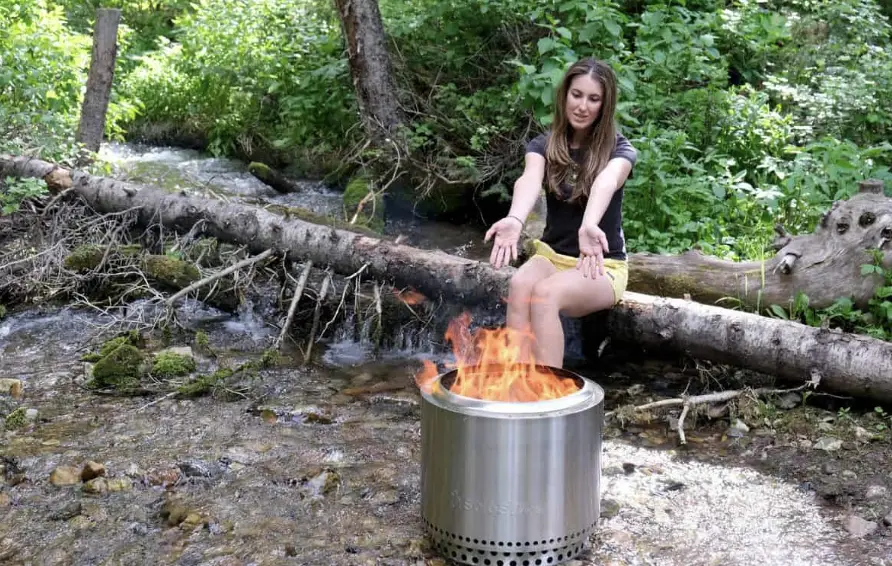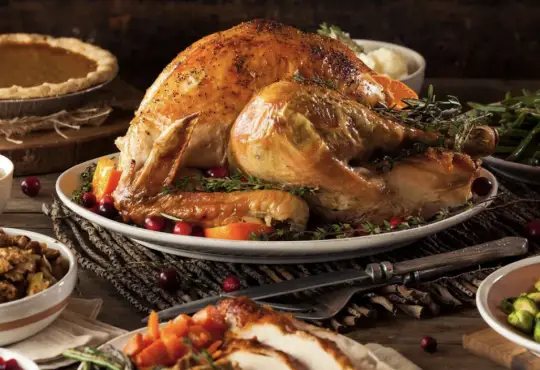
Water and Your Solo Stove: What You Need to Know
Solo Stove has gained popularity among outdoor enthusiasts for its efficient design and clean-burning capabilities. However, it’s important to understand the proper use and maintenance of your Solo Stove to ensure its longevity and optimal performance. One common question that arises is whether it is safe to pour water on a Solo Stove. In this blog post, we will explore the question of pouring water on a Solo Stove and provide insights into the considerations and best practices to keep in mind.
- Cooling Down a Solo Stove: After use, it is common for a Solo Stove to be extremely hot. If you need to cool down the stove or extinguish any remaining embers, pouring water on the stove’s burning chamber is a viable option. The water helps dissipate heat and ensures the flames are fully extinguished. However, it’s crucial to use caution and follow proper safety protocols to avoid potential hazards.
- Safety Considerations: When pouring water on your Solo Stove, keep the following safety considerations in mind:a. Allow Sufficient Time for Cooling: Before pouring water, ensure that the stove has had ample time to cool down. Attempting to pour water on a hot stove can cause steam, splattering, or damage to the stove’s components. Wait until the stove is no longer hot to the touch before proceeding.b. Avoid Rapid Temperature Changes: Extreme temperature changes can potentially cause thermal shock, leading to damage or cracking of the stove’s components. To minimize the risk, pour water slowly and evenly, allowing the stove to gradually cool down.c. Protect Surrounding Area: Ensure that the area surrounding your Solo Stove is clear of flammable materials, and take precautions to prevent any water from splashing onto surfaces that may be affected by moisture.
- Cleaning and Maintenance: While pouring water on your Solo Stove can help extinguish the flames and cool down the stove, it is important to note that excessive exposure to moisture can lead to rusting or damage. After using water to cool down the stove, thoroughly dry the stove and its components to prevent any moisture-related issues. Additionally, regular maintenance and cleaning of your Solo Stove will help preserve its performance and longevity.
- Alternative Methods for Extinguishing Flames: If pouring water on your Solo Stove is not feasible or desired, alternative methods can be employed to extinguish the flames. Placing a fire-resistant lid or cover on top of the burning chamber can smother the flames, gradually reducing the oxygen supply and extinguishing the fire. Always ensure that the lid or cover is heat-resistant and appropriate for use with your specific Solo Stove model.
Conclusion: Pouring water on a Solo Stove can be a safe and effective way to cool down the stove and extinguish any remaining flames. However, it is crucial to exercise caution, allow sufficient time for cooling, and protect the stove and surrounding area from potential damage or moisture-related issues. Following proper safety protocols and considering alternative methods for extinguishing flames will help ensure the longevity and optimal performance of your Solo Stove. Enjoy the benefits of outdoor cooking and the warmth of your Solo Stove while practicing responsible usage and maintenance. Cheers to safe and enjoyable outdoor experiences!






